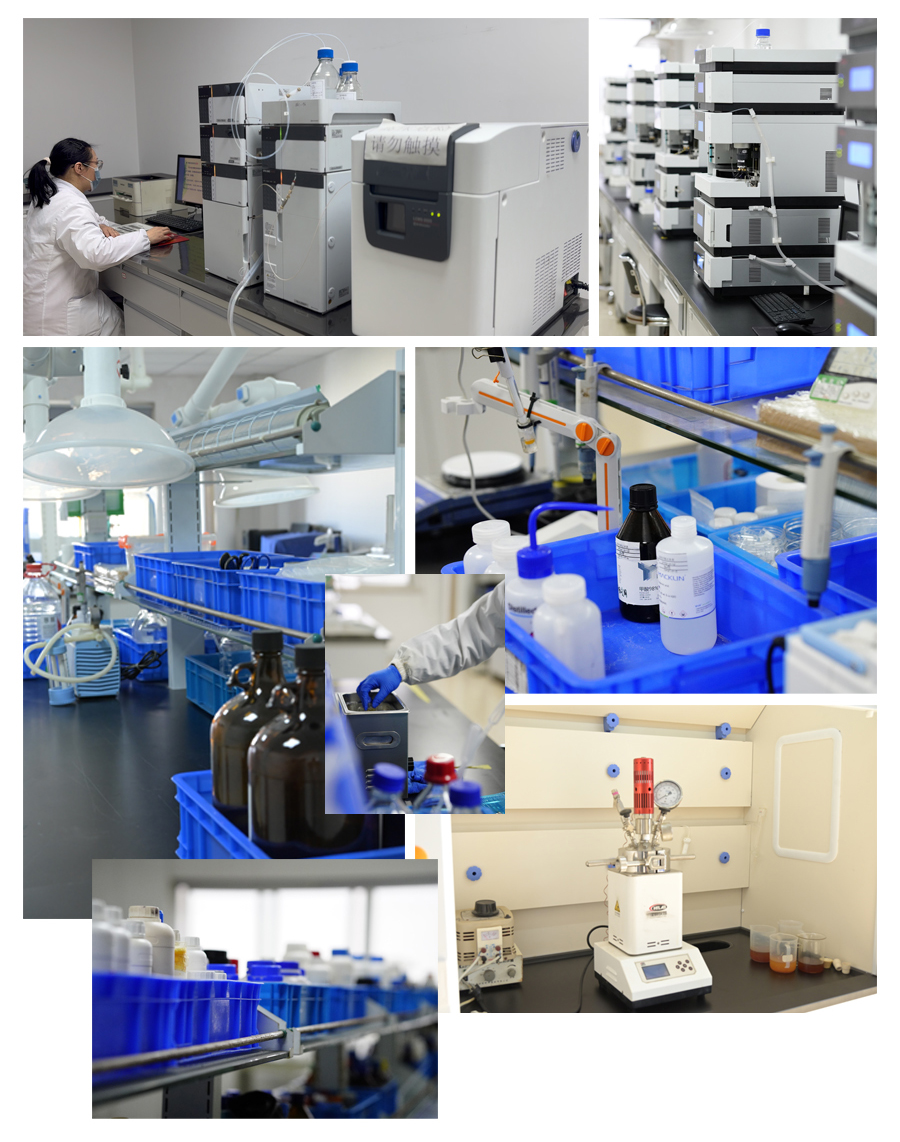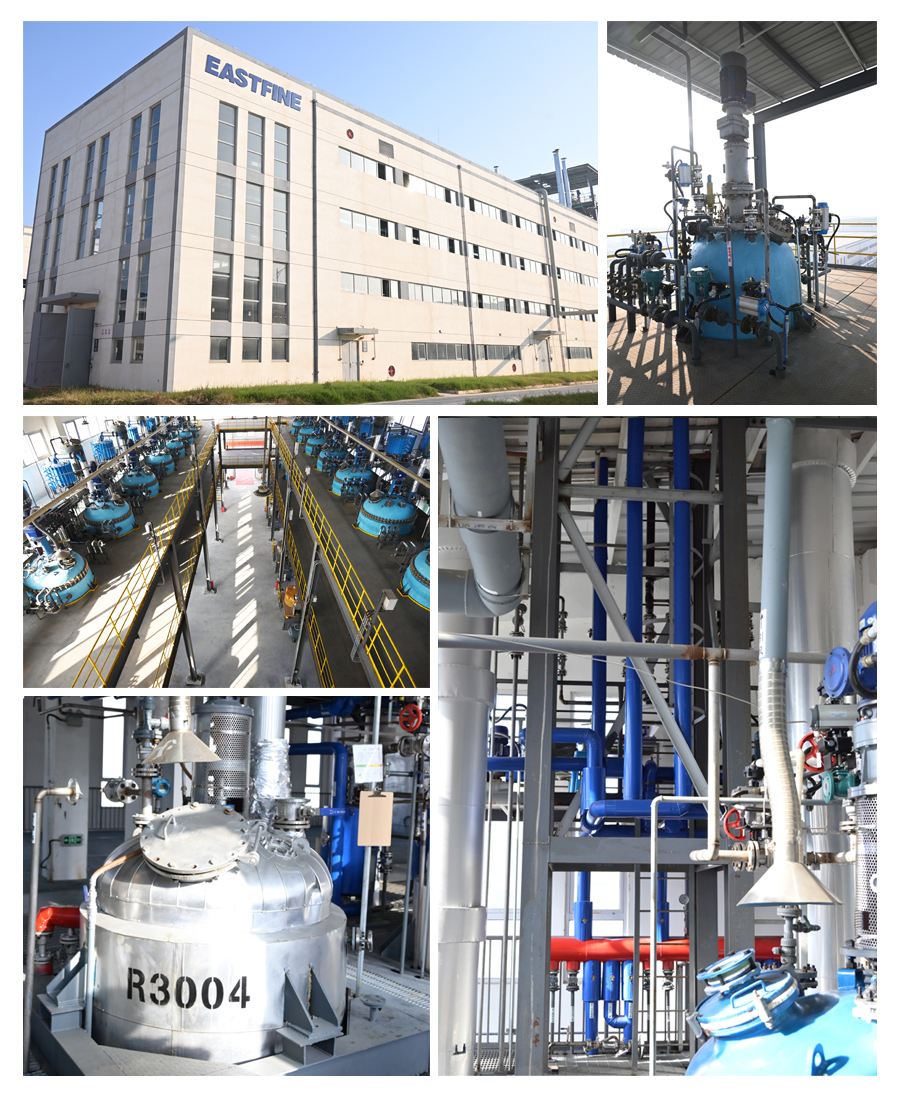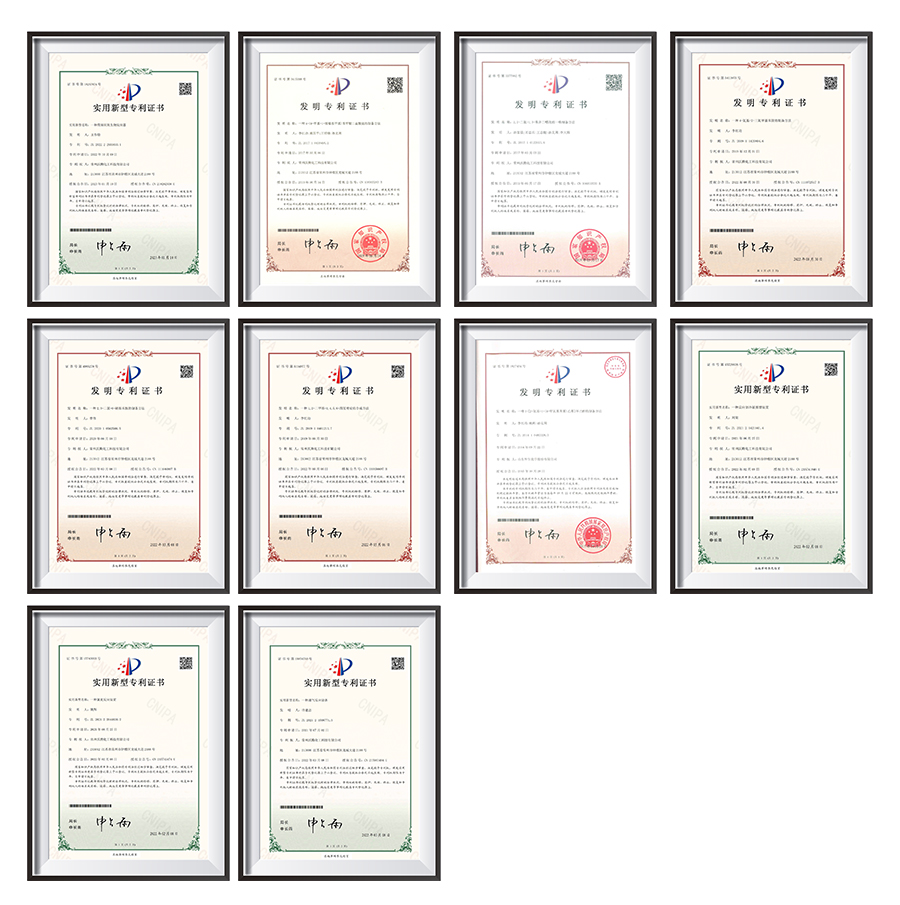| Availability: | |
|---|---|






Product Description
We are a pharmaceutical intermediate manufacturer of 4-Trifluoromethylbenzyl chloride.
Its CAS No. is 939-99-1
Our pharmaceutical intermediates can be used in a variety of APIs.
Product Category | Custom Synthetic Intermediates |
CAS NO | 939-99-1 |
Product Specifications | Melting point: 19 °C Boiling point: 68 °C12 mm Hg(lit.) Density: 1.315 g/mL at 25 °C(lit.) storage temp.: Refrigerator |
Office Environment

Laboratory

Workshop/Warehouse

Certificate

4-Trifluoromethylbenzyl chloride is produced by EASTFINE , and we are in charge of overseas selling . Not just trading compamy .
China,America,Brazil,England,Russia,Poland,India,Pakistan,NewZealand,Korea,Australia,Dubai,Turkey,Indonesia,UAE.
yes , you can have 1 4-Trifluoromethylbenzyl chloride sample for starting the business , but it is not free
please contact sale team for detail .
4-Trifluoromethylbenzyl chloride (CAS 939-99-1) is an organic compound with the molecular formula C₈H₆ClF₃. It consists of a benzene ring substituted with a chloromethyl group and a trifluoromethyl group in the para position. This colorless to pale yellow liquid is a valuable reagent in pharmaceutical and agrochemical synthesis.
The compound appears as a clear, colorless to slightly yellow liquid at room temperature. It has a molecular weight of 194.58 g/mol and typically boils at 185-188°C. The density is approximately 1.3 g/cm³ at 25°C. It is soluble in most organic solvents including ether, acetone, and dichloromethane, but insoluble in water.
Store in tightly sealed containers under inert atmosphere at temperatures below 25°C. The material should be protected from moisture and light exposure. Due to its lachrymatory properties and potential to release hydrogen chloride, handling should always occur in a fume hood with proper PPE including chemical goggles, nitrile gloves, and protective clothing.
This compound serves as a key intermediate in organic synthesis, particularly for introducing the 4-trifluoromethylbenzyl moiety. It is widely used in pharmaceutical manufacturing, especially for antidepressants and antiviral drugs. The reactive benzyl chloride group enables nucleophilic substitution reactions to form various derivatives including amines, ethers, and thioethers.
The compound is a potent lachrymator and can cause severe eye and skin irritation. Inhalation of vapors should be avoided. Appropriate engineering controls including proper ventilation are essential. In case of contact, immediately flush affected areas with plenty of water for at least 15 minutes and seek medical attention if irritation persists.
Quality assessment includes gas chromatography (typically showing ≥97% purity), refractive index measurement (n20/D ~1.45), and chlorine content analysis. ⊃1;H NMR and ⊃1;⁹F NMR spectroscopy provide structural confirmation. The material may contain traces of moisture or hydrogen chloride, which can be detected by specific tests.
The combination of a reactive benzyl chloride group and electron-withdrawing trifluoromethyl group makes this compound particularly useful. The chlorine atom is highly susceptible to nucleophilic displacement, while the trifluoromethyl group enhances the electrophilicity of the benzylic position and provides metabolic stability to resulting compounds.
This specialty chemical is available through fine chemical suppliers in various quantities ranging from laboratory-scale (25g, 100g) to bulk quantities (kilograms). Many suppliers offer custom synthesis and packaging options to meet specific research or production requirements.